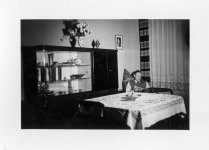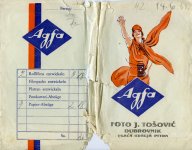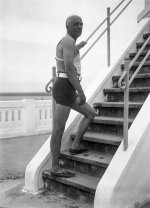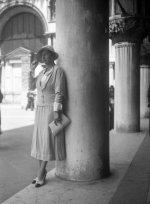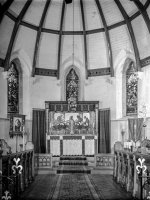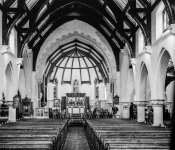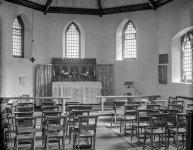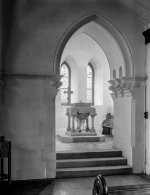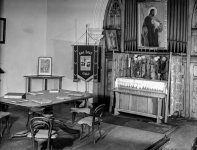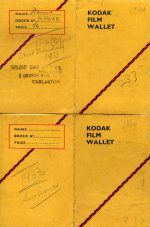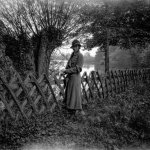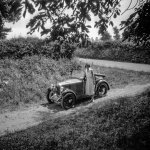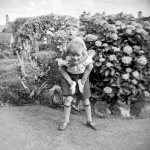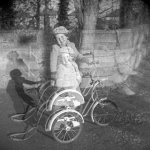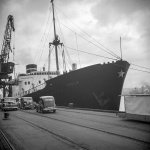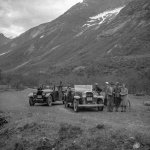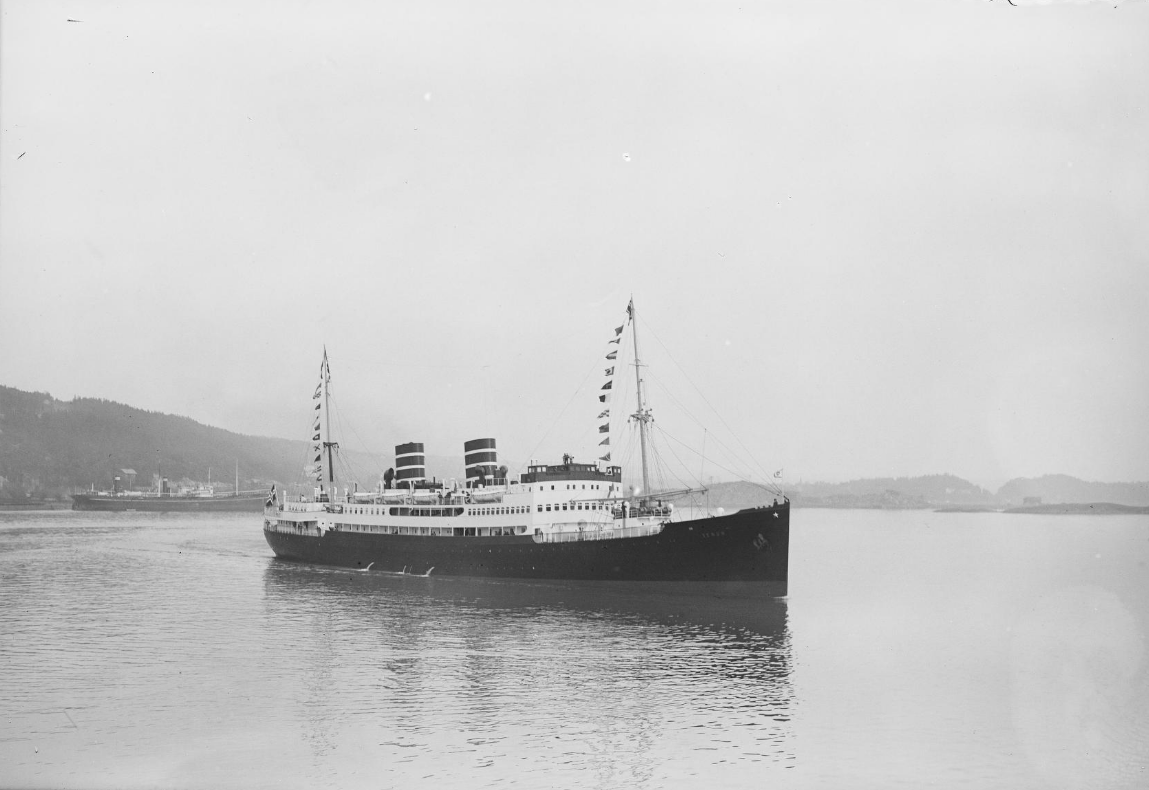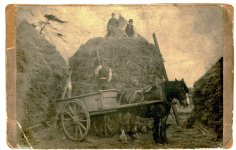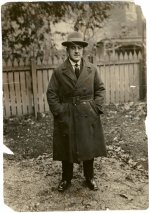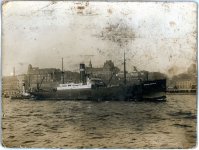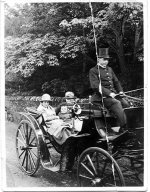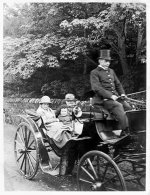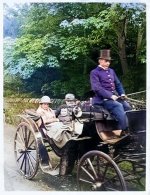Following on from the early photograph of my fathers family going back to the late 1800's here is another side of the family,
Mathew William Hall, Born in South Shields but moved to Cullercoats with his mother, father and 2 brothers and one sister. he became an apprentice painter and decorator, but left home to go to sea aged 15. He served in the Royal Navy on Hospital Ships for part of the 1914/18 war and sometime later transferred to the fledgling Submarine Service. He joined as a rating but left as Commissioned Officer. He went back to the Merchant navy and eventually took his Captains Ticket in the early 1920's
The 2nd photograph is of the SS Newminster belonging to the Tyne Tees Steam Shipping Company who's offices were on the quayside in Newcastle There is still a notice board on the side of the building stating this. Its captain at the time was Captain Mathew William Hall. My Grandfather, on my mothers side Born in 1884 and sadly died in 1930 when his ship was anchored in thick fog 5 miles off the coast of Durham opposite Seaham harbour. The ship that hit his, was a Norwegian Naptha tanker travelling at speed when it to should have been hove-to and anchored. (Before the days of Radar) His ship at the time was the SS Gateshead which sank quickly (within 7 minutes according to survivors) taking Capt Hall and 5 others with him. His body was recovered some 6 months later off Flamborough head and was only identified by his Uniform and a set of matching cufflinks and tie-pin he had been given as a present by his wife for Christmas 4 days before his death. He is buried in the village churchyard in Reighton just south of Filey, in East Yorkshire
The 1st picture is of my Grandfather around 1928 after going to Rotterdam to receive a presentation for rescuing 5 or 6 people from a stricken Dutch sailing vessel that had run aground on rocks in the North Sea. His rescue method was innovative, and had not been used before, where he placed his ship (name of this one unknown) between the wind and the other vessel and poured oil on the water which had the effect of calming it. Then released one of his ships lifeboats into the sea, but still tied to his ship and allowed the wind to take the lifeboat towards the rocks and save the sailors. This method was adopted as part of the Captains 'Ticket' or examination for that qualification, and remained as part of the exam for many years, even after the war. On the back of the photograph is written his name and the address of the photographer.
J.K.F Koelinga, Persefctograaf, of Sophiakade 60, Rotterdam with a telephone number 4432. That address still exists! (I don't know about the number though!). ( Persefctograaf is translated from the Dutch as as Press Photographer)
I never met him obviously, but what a man to live up to.


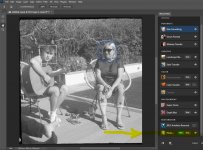
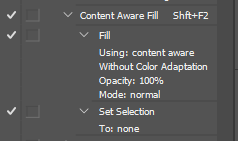
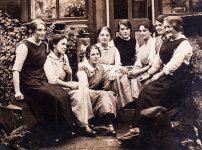
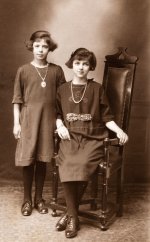
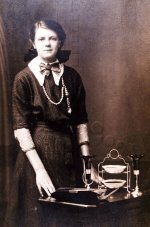
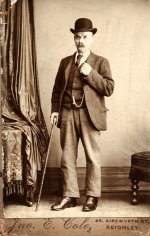
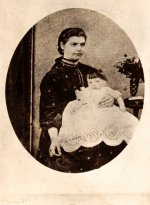
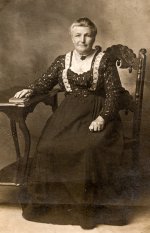
 Wonderful to have more than just names.
Wonderful to have more than just names.